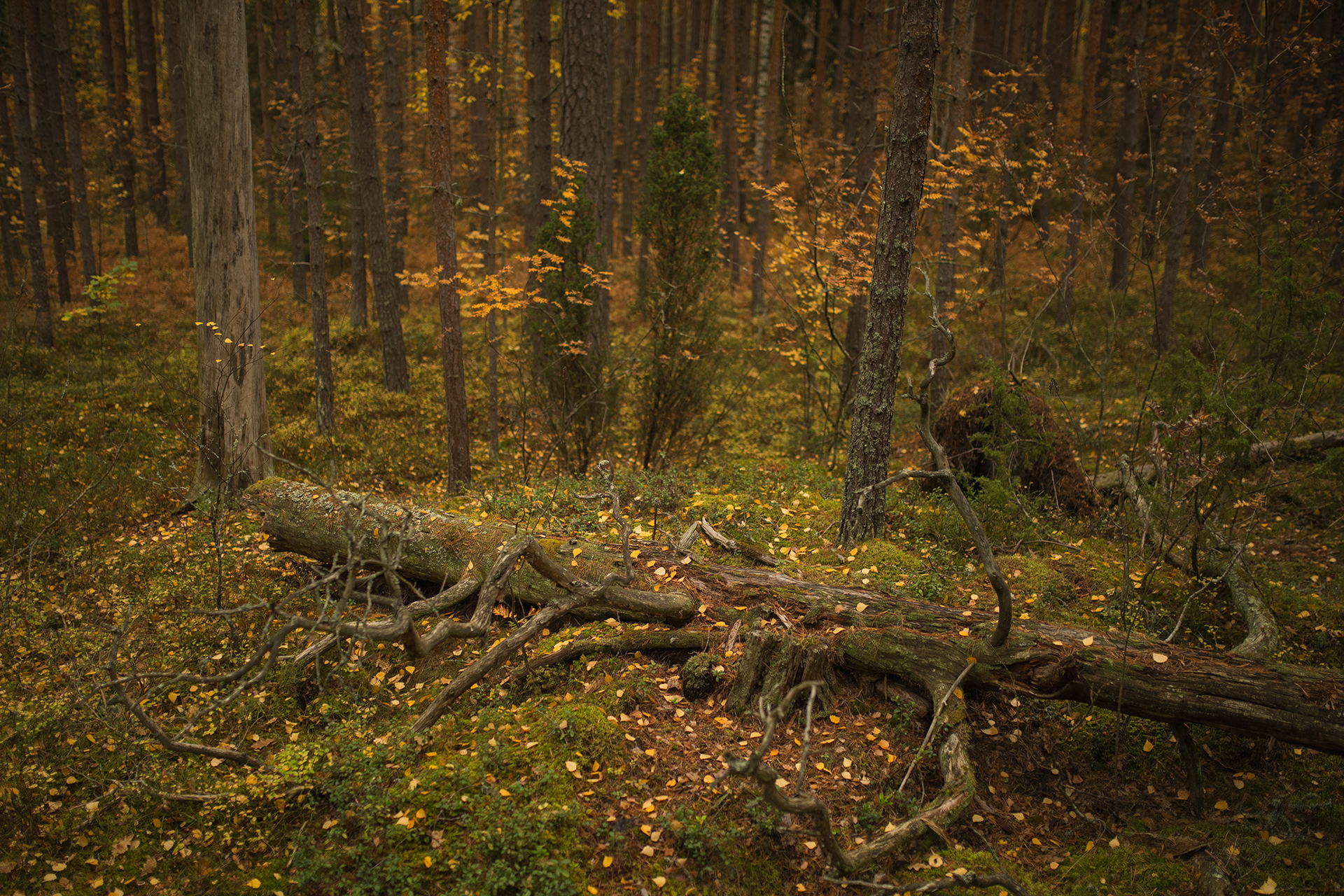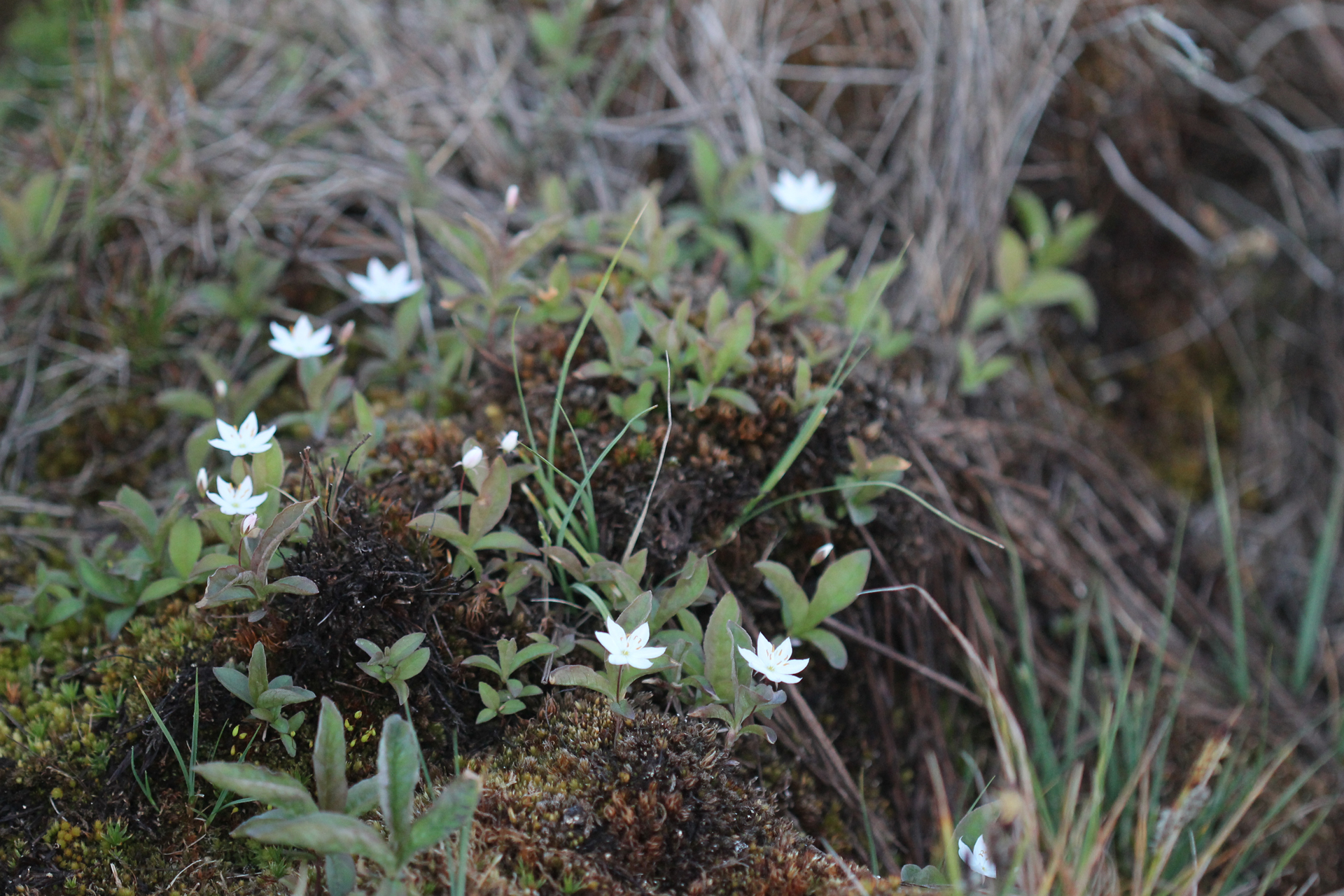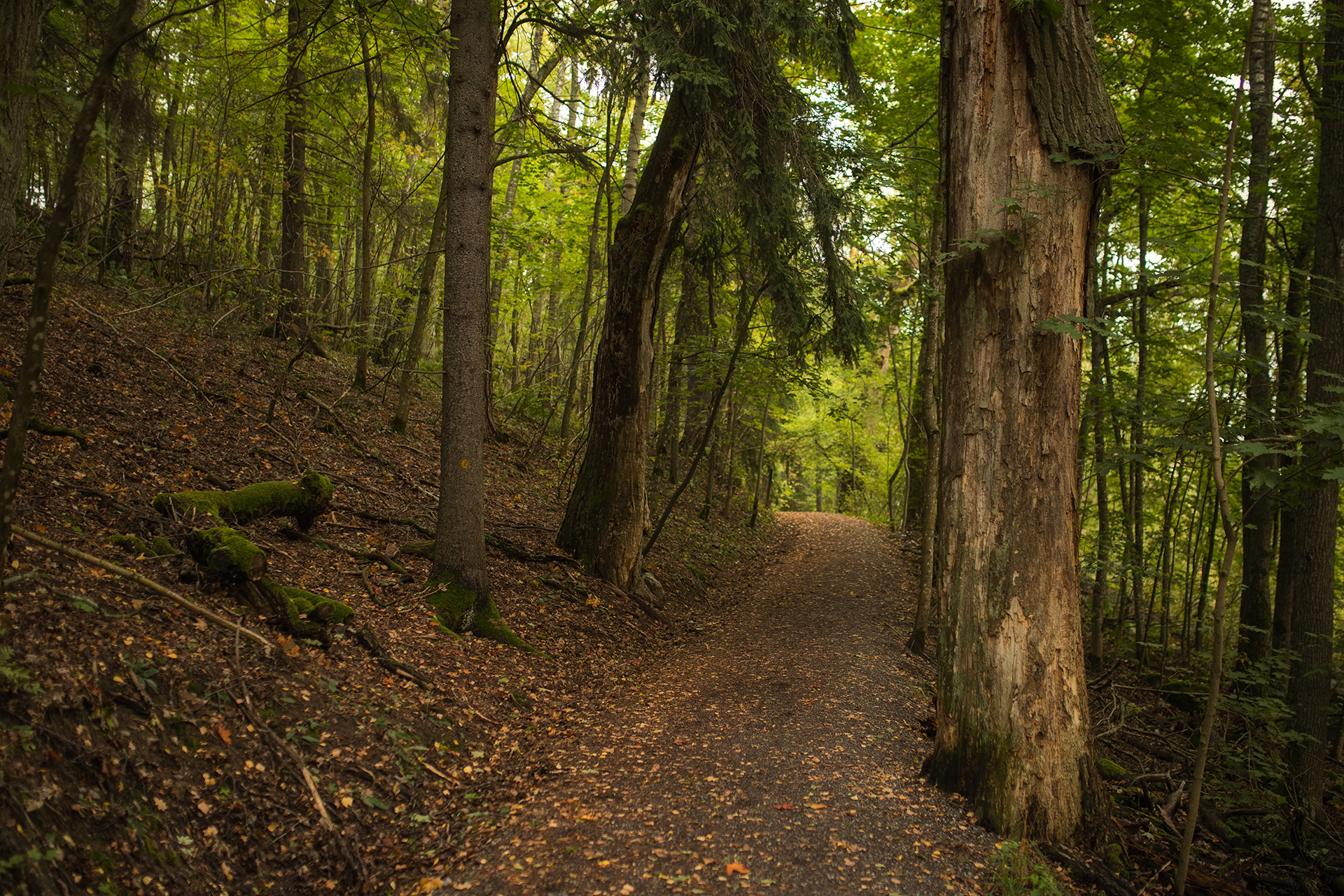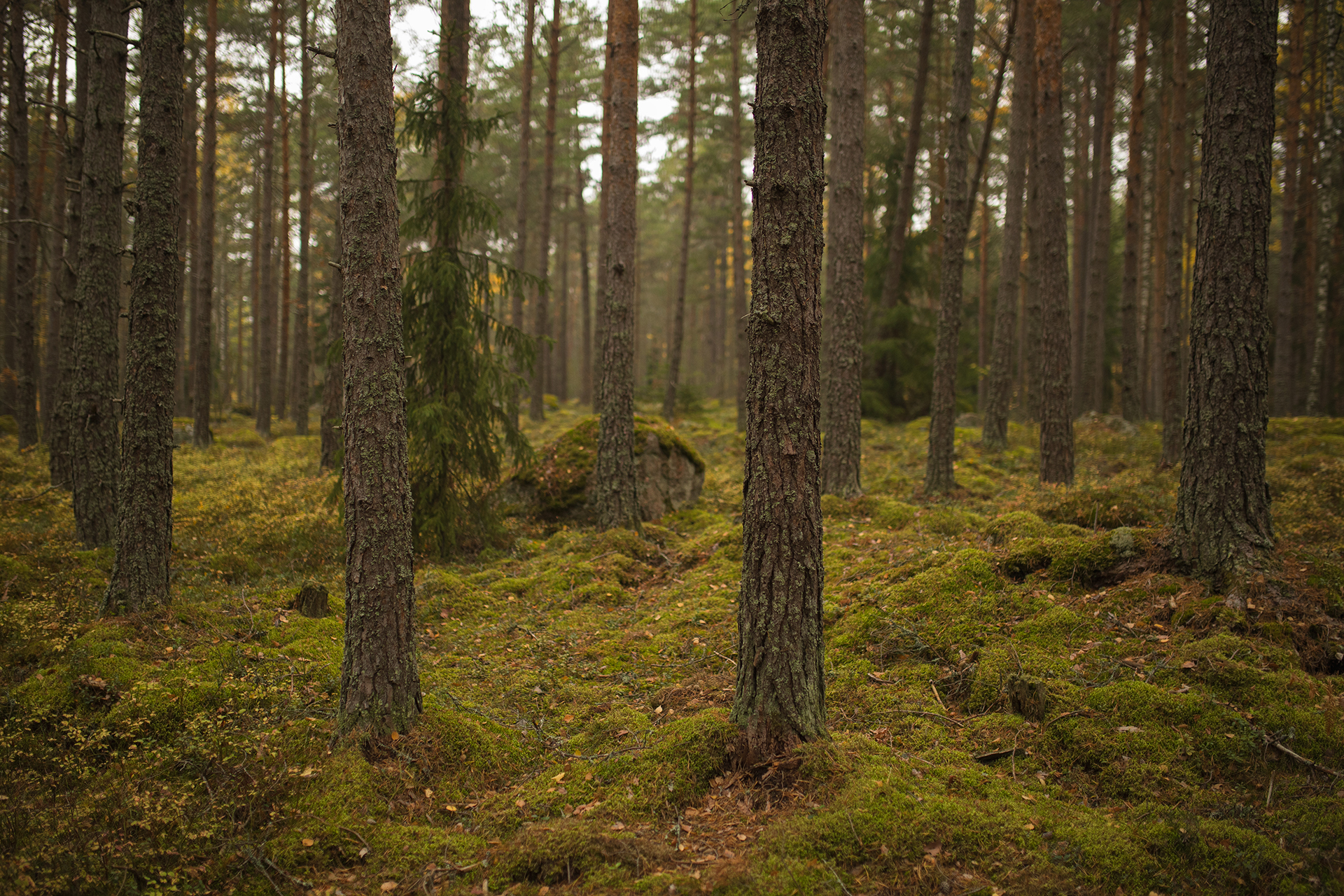A tree’s life after death
In time, even the most imposing tree grows old, weakens and eventually dies. Although dead trees can stay standing for decades, at some point they are inevitably felled by gale winds. However, dead standing or fallen tree trunks are by no means lifeless. Quite the opposite, in fact: they are teeming with life. There are countless insect and fungus species that specialise in feeding on and decomposing dead tree matter. Fungal mycelium penetrates deep into the tree trunk while hymenoptera and beetle larvae excavate tunnels under the bark and in decaying wood. Little by little, the trunk breaks apart and the nutrients contained within are recycled and made available for other life forms. This slow and relatively invisible decomposition process is one of the prerequisites for the functioning of the entire forest ecosystem.
Decaying wood is an essential part of natural forests. There can be as much of 100 cubic metres of decaying wood in the form of dead standing and fallen trees in a hectare of forest, accounting for approximately one third of all tree matter. In commercial forests, efficient forestry has reduced the proportion of decaying wood to a mere fraction of this, making species that are dependent on decaying wood increasingly rare. It has been estimated that decaying wood offers food and habitats to approximately 5,000 different species in Finland. These species simply cannot survive without decaying wood.



